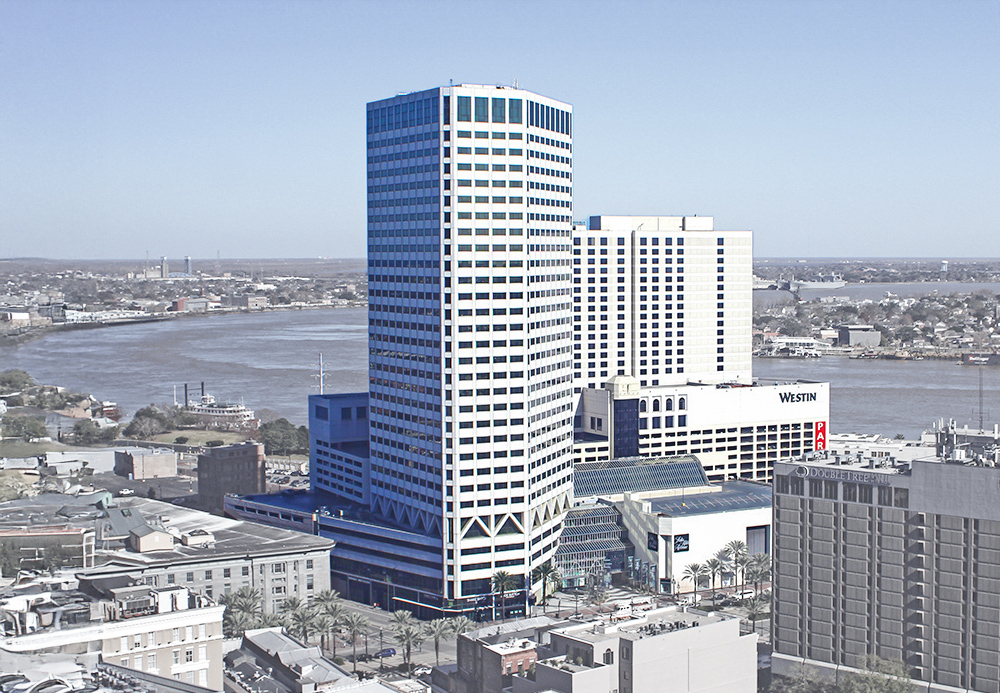The One Canal Place Building is a Modern Style skyscraper designed by August Perez & Associates, and built in 1979 in New Orleans, LA.
Its precise street address is 365 Canal Street, New Orleans, LA. You can also find it on the map here.
The building underwent a major restoration between 2005 and 2006.

